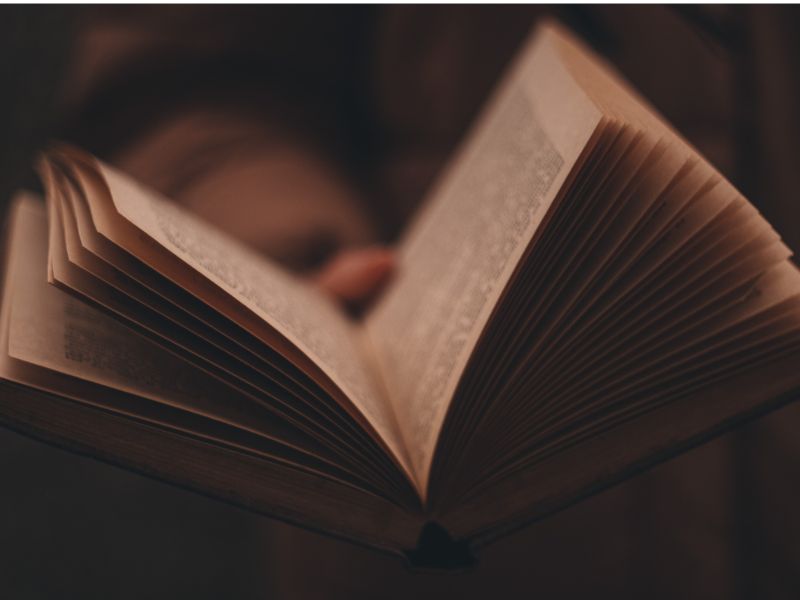Roopa Banerjee
One of the most famous episodes in J.K. Rowling’s Harry Potter saga is where Harry stands before the Mirror of Erised, gazing at his heart’s deepest desire — his parents alive. Dumbledore points out that the mirror does not reflect truth but manifests Harry’s inner struggle between desire and reality. This struggle shapes his character throughout the Harry Potter books and displays the ideal use of the conflict literary device.
This device moves a story along, building tension and engaging the audience. Conflict occurs when a character faces opposition — from another character, society, life, or even within herself. Struggle makes stories engaging and gives characters their identity and uniqueness.
The word conflict comes from the Latin conflictus, ‘a striking together’ or ‘clashing’. It is a combination of con (together) and fligere (to strike), emphasising the idea of opposing forces in collision. This literary device has evolved over time to symbolise struggles in literature, drama, and life.
One of the most famous literary conflicts is narrated in Herman Melville’s novel Moby Dick. Captain Ahab’s relentless hunt for the white whale, Moby Dick, offers a classic man vs. nature conflict. Ahab’s pursuit of vengeance leads to his death, illustrating the devastating power of obsession and man-animal conflict.
In William Shakespeare’s Romeo and Juliet, the centuries-old rivalry between the Montagues and Capulets offers a man vs. society conflict. Romeo and Juliet’s romance is consistently thwarted by the traditions and expectations of their families. The conflict between these two forces propels the action to its tragic conclusion.
Conflict is the essence of most films and TV shows. The Hollywood blockbuster Dark Knight has a classic man vs. man conflict in Batman and the Joker. Batman represents justice and order, while the Joker thrives on chaos and anarchy. The ideological contrast between the two leads to intense psychological and real warfare.
In the OTT hit drama Breaking Bad, Walter White’s transformation from a mild-mannered chemistry teacher to a ruthless drug lord is powered by man vs. self-conflict. He struggles with morality and ambition, making choices at every juncture that take him further down the dark path.
Conflict isn’t just restricted to stories — it’s part of daily life. People often experience interpersonal conflicts in friendships, family relationships, and workplaces when values and opinions clash. Internal conflicts arise when individuals struggle with difficult decisions, personal growth, and moral dilemmas. Social conflicts shape society as communities debate issues such as justice, equality, and government policies, influencing politics and culture.
Conflict is the lifeblood of narrative, providing depth and emotional resonance. Narratives bereft of conflict lack momentum and interest. By exploring conflict, both fictional and real, authors and readers explore human nature and the forces that shape our decisions and actions. Whether in a Shakespearean drama, a Bollywood blockbuster, or a common quarrel, conflict is one of the most powerful tools of storytelling and beyond.
Exercise
Here are some examples of conflict depicted in popular books. Name the books and their authors.
- Man vs. society: Elizabeth Bennet navigates social expectations and class distinctions.
- Man vs. society: Atticus Finch fights against racial prejudice in the Deep South.
- Man vs. society: Winston Smith rebels against a totalitarian government.
- Man vs. nature & Man vs. self: Dr. Frankenstein grapples with the consequences of his creation.
- Man vs. self: Macbeth’s ambition and guilt lead to his downfall.
Answers
- Pride and Prejudice – Jane Austen
- To Kill a Mockingbird – Harper Lee
- 1984 – George Orwell
- Frankenstein – Mary Shelley
- Macbeth – William Shakespeare
